

Refuse
In many places with bears in areas near human settlement there are often problems when bears learn to feed on incorrectly stored refuse or food. Left-overs rich in sugars and fat are highly attractive for them. Seeing bear cubs feeding near a hotel or cottage might seem like a nice experience, but the future is less optimistic. Besides making a mess and scaring people, if bears get used to the situation and lose their natural wariness, there is a greater risk of someone being injured and of the bear having to be caught or even shot. So never approach or feed bears, even if they look calm.
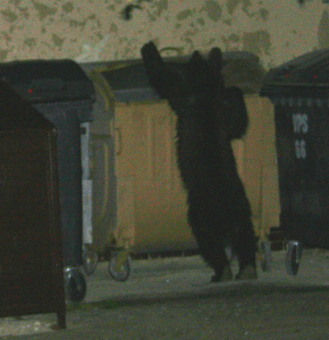
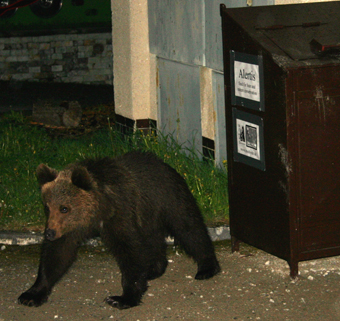
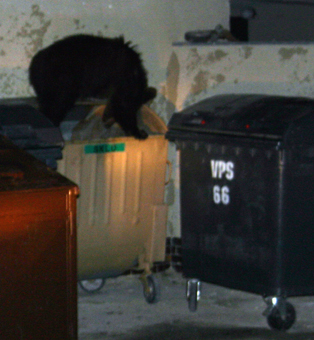
Refuse containers should be emptied as often as possible, so that refuse does not build up and start to rot, making the smell even more attractive to bears.
Bear-proof bins
In North America, special secure containers have been in use for several years as an effective means to stop bears from feeding on refuse. In Banff National Park in Canada you can find them not only next to buildings near the forest but even in the middle of town. As part of The BEARS Project, SWS has had a bin designed according to a Canadian model for the safe storage of refuse to stop bears getting to it. More ...
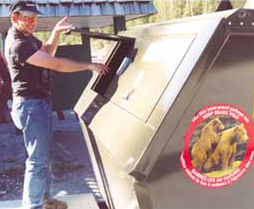
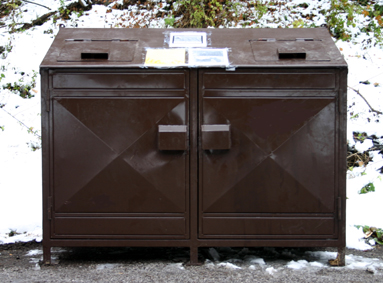
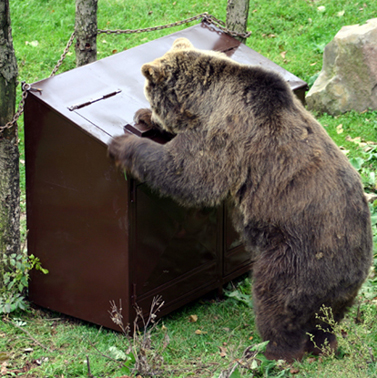
Securing inside a building
It is not always necessary to change containers. A relatively simple solution is to remove them from the immediate reach of bears by shutting them in a building, garage or other secure structure. If containers are kept under a separate roofed area, it may be enough to close off all sides, for example with metal bars. Various different solutions according to particular situations have been successfully implemented in Demänovská Valley.
Electric fences
Another way to secure waste containers or buildings is to enclose them with an electric fence. This is how containers and cottage terraces in Poland have been secured, for example around Morské Oko in the High Tatras, where they have proven to be very effective.
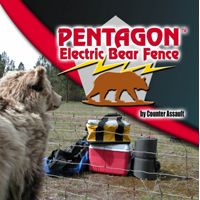
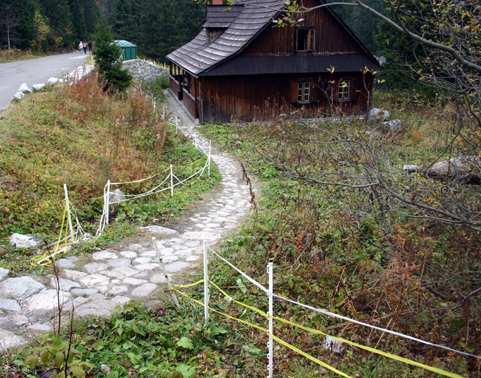
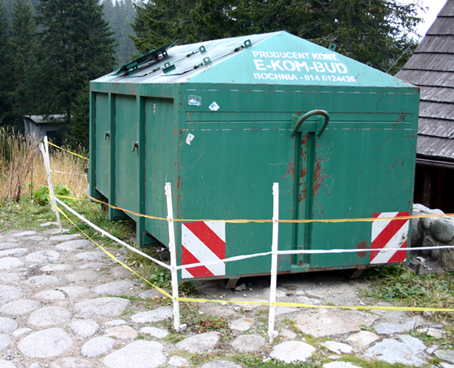
Shooting or capturing bears
If preventive measures fail, it becomes necessary to remove the bear from the area. This may call for relocation of the animal to an area where it is less likely to cause further damage. Relocation of bears is costly and it is difficult to find suitable locations for their re-release. Relocated bears often cause problems in the new area and sometimes return to their original location and cause further damage. If relocation is unsuccessful, not possible or is considered undesirable, the bear is usually killed. In some cases problem bears are placed in zoos.



